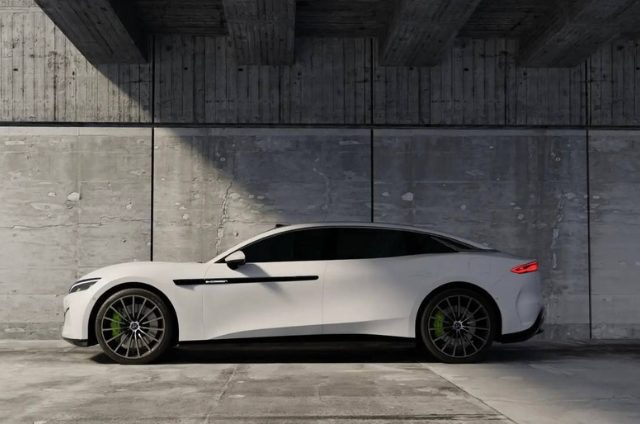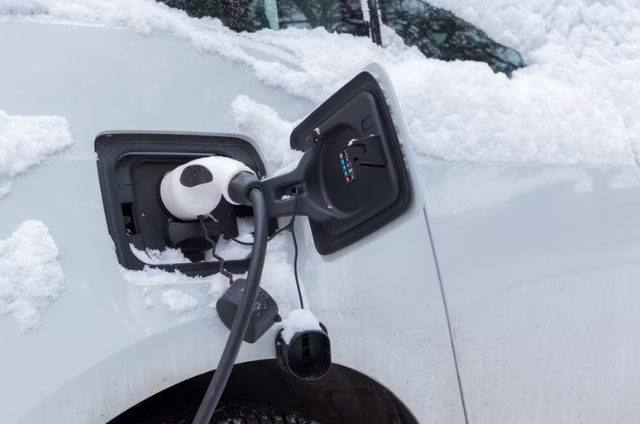- What Just Happened?
In 2025, Congress used the Congressional Review Act (CRA) to strike down California’s zero-emissions vehicle rule. This blocked the EPA from granting waivers and banned similar future rules without new legislation.
Because 11 other states followed California’s standards, the rollback affected nearly 40% of the U.S. car market. The shift sent shockwaves through the EV and clean energy space. - Pass a New Law — But It Won’t Be Easy
One solution is new federal legislation to restore the EPA’s authority. However, with a deeply divided Congress and powerful opposition from oil and auto lobbies, this is a long shot.
Even swing-state Democrats joined Republicans to block the EV rule, citing concerns over affordability and rural practicality. - Rewrite the Rule — Make It Different
Another option? A future EPA could draft a new rule that avoids the “substantially similar” language in the CRA.
Instead of a full EV mandate, it might push hybrids, alternative fuels, or more flexible timelines. The risk? Industry groups could sue, and courts would decide if the rule passes legal muster. - California Takes It to Court
California is already fighting back. Its legal team argues that EPA waivers aren’t “rules” and shouldn’t fall under the CRA.
If the courts agree, California could restore its EV targets — and other states could follow. But legal wins take time, and outcomes aren’t guaranteed. - Workarounds from the White House and States
Even without new rules, the federal government can expand EV credits, build out charging networks, and raise fuel standards.
States, meanwhile, can offer local rebates and EV programs. Yet without federal alignment, these efforts lack nationwide reach.
Final Thought
The future of electric vehicles in the U.S. now depends on legal fights, strategic policy, and public will. Whether or not EVs dominate the roads isn’t just about tech — it’s about power, people, and persistence.


